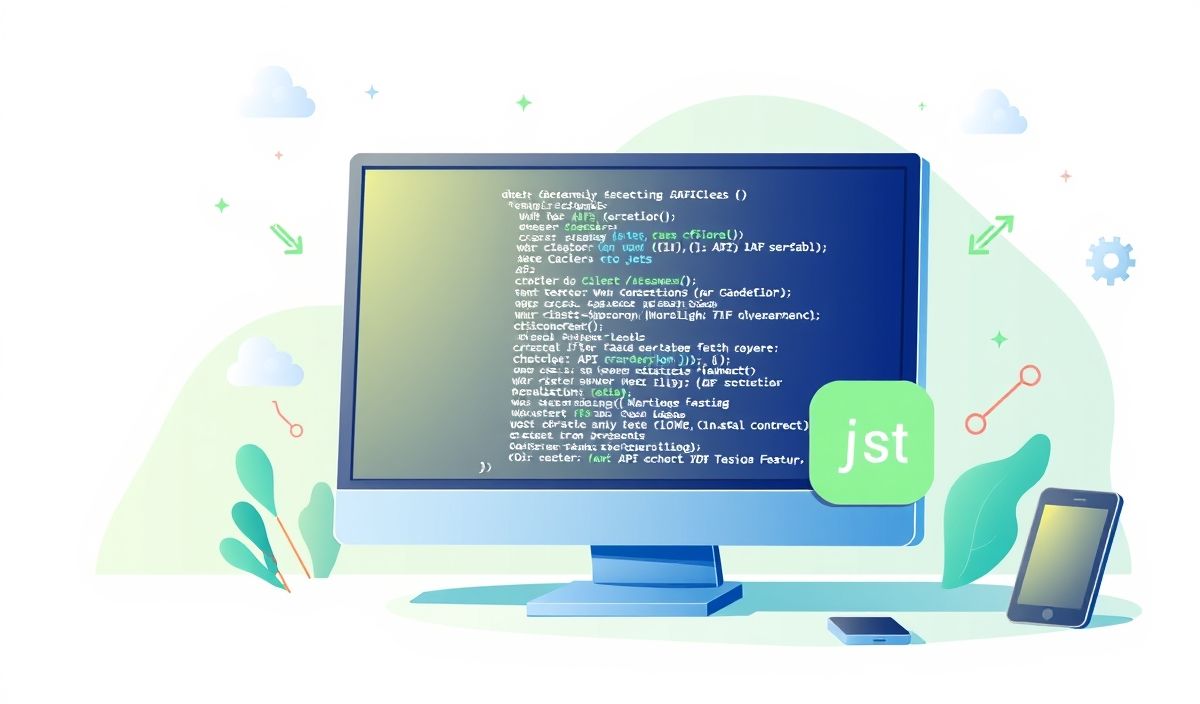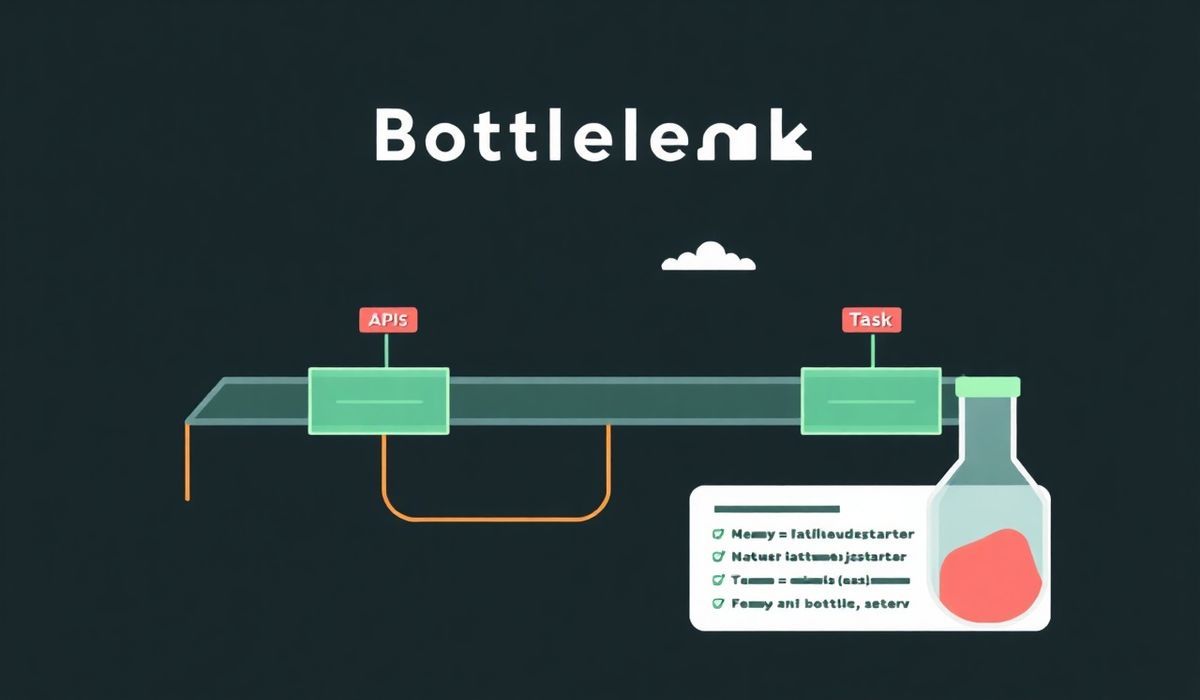Introduction to Lockfile
The lockfile module provides a robust way to handle file locking in concurrent environments. This ensures that the file is accessed safely without any unexpected changes. In this post, we will explore several useful APIs of the lockfile module and provide code snippets to exemplify its capabilities.
Installation
$ pip install lockfileBasic Usage
Using the lockfile module to lock a file is straightforward. Here’s how you can do it:
from lockfile import LockFile
lock = LockFile('somefile.txt') lock.acquire() try:
with open('somefile.txt', 'w') as f:
f.write('Locking this file.')
finally:
lock.release()
Timeout Handling
Handling timeouts is crucial in scenarios where you cannot wait indefinitely to acquire a lock. The lockfile module provides a LockTimeout exception to manage this:
from lockfile import LockFile, LockTimeout
lock = LockFile('somefile.txt')
try:
lock.acquire(timeout=5) # Timeout after 5 seconds
with open('somefile.txt', 'w') as f:
f.write('Operation within a timeout.')
except LockTimeout:
print("Could not acquire the lock within the specified timeout.")
finally:
lock.release()
Context Manager
Using a context manager simplifies the lock acquisition and release process:
from lockfile import LockFile
lock = LockFile('somefile.txt')
with lock:
with open('somefile.txt', 'w') as f:
f.write('Locked file content.')
Non-blocking Mode
Non-blocking mode allows you to attempt to acquire a lock without waiting:
from lockfile import LockFile
lock = LockFile('somefile.txt')
if not lock.i_am_locking():
if lock.acquire(blocking=False):
try:
with open('somefile.txt', 'w') as f:
f.write('Non-blocking lock attempt.')
finally:
lock.release()
else:
print("Could not acquire the lock.")
Using Lockfile in an Application
Below is an application example that uses the lockfile module to ensure safe file operations:
from lockfile import LockFile, LockTimeout import time
def safe_write_to_file(filename, content, timeout=10):
lock = LockFile(filename)
try:
lock.acquire(timeout=timeout)
with open(filename, 'a') as file:
file.write(content + '\n')
except LockTimeout:
print(f"Timeout: Unable to acquire lock for {filename}")
finally:
lock.release()
# Simulate concurrent write attempts if __name__ == '__main__':
safe_write_to_file('application_log.txt', 'Application started', timeout=5)
time.sleep(1)
safe_write_to_file('application_log.txt', 'Operation succeeded', timeout=5)
Using the lockfile module ensures that file operations are performed safely, even in a concurrent setting. This is essential for application consistency and reliability.
Hash: d6f5483103ee386e1f3453bff6da949b7d95fe942218d3774a449e38bbd9317f




